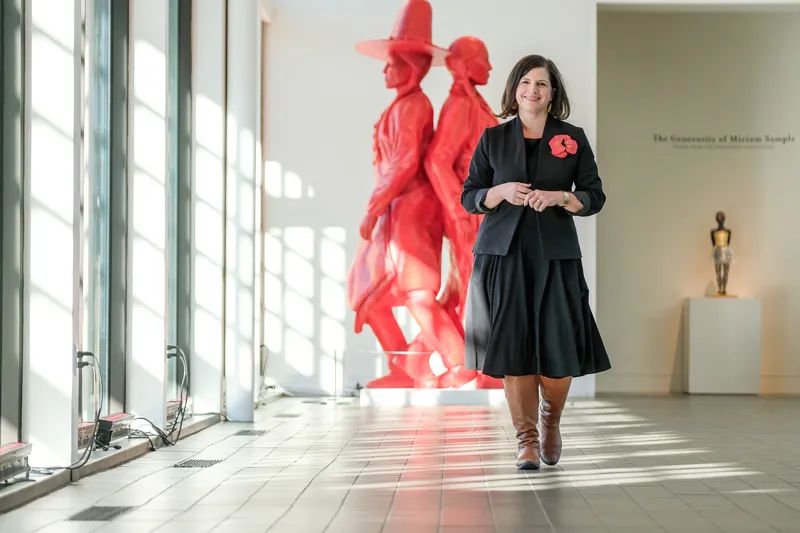
Fresh Perspectives, Free Admission & Big Dreams
It all defines the Yellowstone Art Museum’s 60th anniversary
As the Yellowstone Art Museum (YAM) marks its 60th anniversary this year, it looks back to its early days reclaiming the former Yellowstone County Jail and celebrates its leading role among contemporary art museums not only in Montana but in a multi-state region. A 60th anniversary is known as a Diamond Jubilee, and the YAM possesses some of the traits we associate with diamonds: strength, longevity and beauty.
Recently, serendipity intervened when a grant from the Art Bridges Foundation, supplemented by private donations, made it possible for the YAM to waive admission fees through 2026. The Art Bridges Foundation is funded by Alice Walton, daughter of Walmart founder Sam Walton. Over the weekend following the free-admission announcement, the YAM saw a surge in visitor numbers, an increase that is expected to continue.
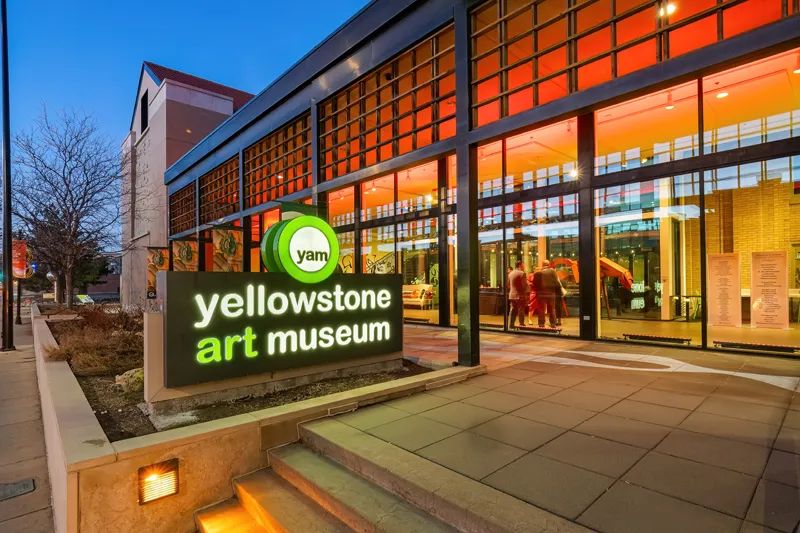
A DEFINING MOMENT
Jessica Kay Ruhle (pronounced “Roo-lee”) became the YAM's executive director in early 2022. She brings a joyful exuberance and fresh perspective to the YAM. Ruhle served as director of education at the Nasher Museum of Art at Duke University in Durham, North Carolina, before arriving in Billings.
Ruhle characterizes the YAM's 60th anniversary as a “defining moment.” She's impressed by the museum’s commitment to educational outreach and its willingness to step boldly into the future. She's exploring ways to better incorporate the Visible Vault on North 26th Street into the main campus on 27th Street. She envisions the Visible Vault as a revitalized community gathering space and anticipates restarting its Artist-In-Residence Program in January 2024. She's eager to expand community partnerships, increase access to the YAM's permanent collection across the city, and strengthen alliances with Rocky Mountain College and Montana State University Billings.
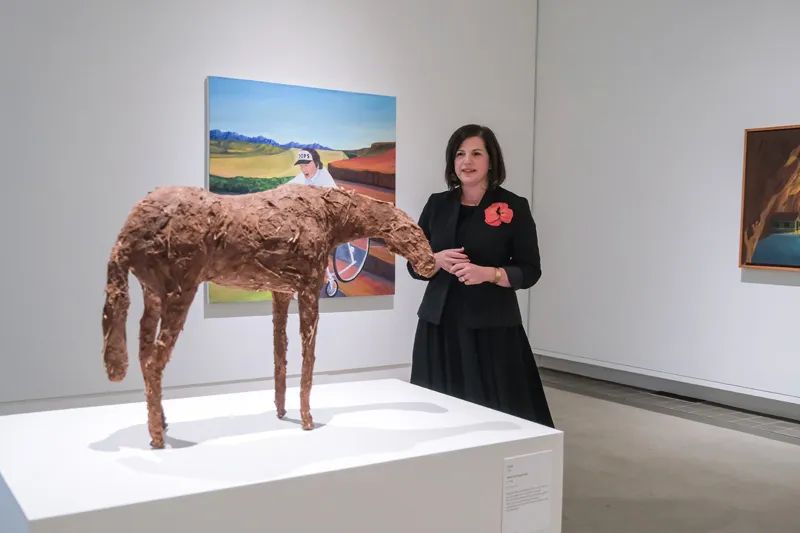
BIG DREAMS WAY BACK WHEN
In 1964, volunteers from the Yellowstone Art Center occupied and transformed the abandoned Yellowstone County Jail into a space to showcase art, provide art instruction and further fellowship among artists. It was a herculean effort. In today's YAM, remnants of the building's former life remain. The Earl E. Snook Family Gallery still has thick iron poles and bolted ceiling bars that outline ghost-like jail cells. Behind the YAM's reception desk, an original jailer's key is secured in an ornate frame. Over the doorway leading to the Young People's Gallery, the words “Yellowstone County Jail” are chiseled in stone and preserved for posterity.
VISIONARY ACQUISITIONS
In 1974, 10 years after the fledgling Art Center moved to the former Yellowstone County Jail, Donna Forbes became its executive director. Forbes realized that limited space, lack of climate control and lax security at the former jail hindered the institution’s big dreams. Under her keen leadership over two decades, the organization achieved museum accreditation and was renamed the Yellowstone Art Museum. To distinguish itself from other regional museums, it focused on contemporary art. By 1998, it had tripled its footprint to meet ongoing space, storage, security and exhibition demands.
With two separate grants from the Montana Cultural Trust, Forbes and the late Miriam Sample a longtime YAM patron, joined forces to identify and acquire works by contemporary Montana artists. They were a tenacious pair. Their early purchases were visionary. Their acquisitions launched the careers of nationally recognized artists, including Ted Waddell, Deborah Butterfield and Juane Quick-to-See Smith. Notable pieces created by the selected artists stayed in Montana. The YAM's ever-growing collection drew the attention of additional patrons and other museums nationwide.
The YAM's acquisition of the Poindexter Collection of American Modernist Art, shared with the Montana Historical Society, is proof of its prowess in the contemporary art world. The Poindexter Collection includes works by internationally known modernists such as Willem de Kooning, Robert De Niro Sr., Nell Blaine and Richard Diebenkorn. After his boyhood in Dillon, Montana, George Poindexter pursued a finance career in New York City. His wife, Elinor Poindexter, owned an art gallery. She befriended, collected and mentored many renowned artists whose works are in the noteworthy collection.
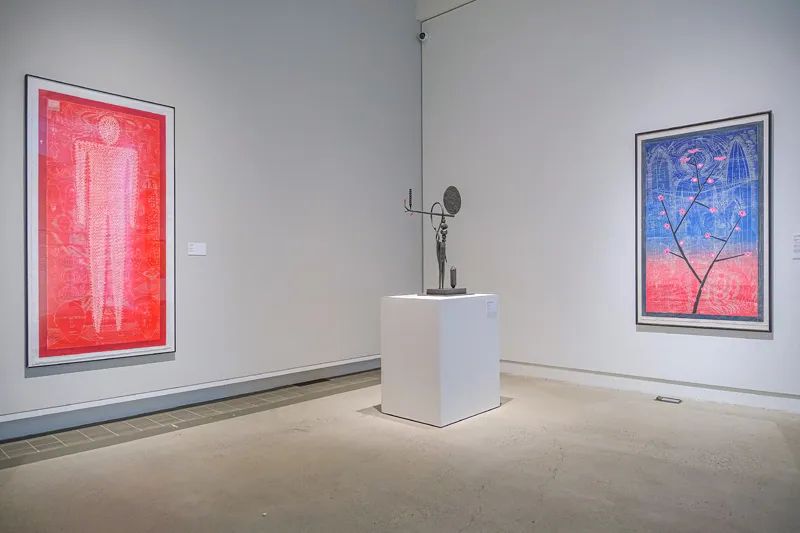
THE COLLECTION OF JOSEPH AND MIRIAM SAMPLE
In 2023, the YAM received Joseph Sample's collection of traditional Western art. The stunning collection contains works by Charles M. Russell, William Standing and Joseph Henry Sharp. Sample (1923-2022) was a well-known patron of public radio. He and his spouse, Miriam (1920-2008), were highly regarded members of the Billings community and admired for their generosity, but their tastes in art were decidedly different.
While Joseph Sample amassed his collection, Miriam Sample was building her own private collection of contemporary pieces, knowing that they would one day augment the legacy she and Forbes had created at YAM. The Miriam Sample Collection is on exhibit through June 2024.
For Ruhle, the Miriam Sample Collection exemplifies the “impact one donor can have on an institution.” She favors the body of work by Grass Range rancher Bill Stockton. Before Stockton returned to run the family ranch in 1950, he studied art in Paris and Minneapolis on the G.I. Bill. Given his insatiable need to create, he spent his winters writing, drawing and creating furniture and sculpture from discarded farm equipment. His art gives us a sheep rancher's view of windswept central Montana landscapes, as well as intimate family portraits. Ruhle notes that it’s unusual to see all sides of an artist as we do with Stockton. She commends former YAM curator Lisa Ranallo for overseeing an installation that showcases work by Stockton and other artists as if they are in conversation with one another.
“The Montana contemporary art community is so interconnected, and this exhibition embodies that,” Ruhle says.
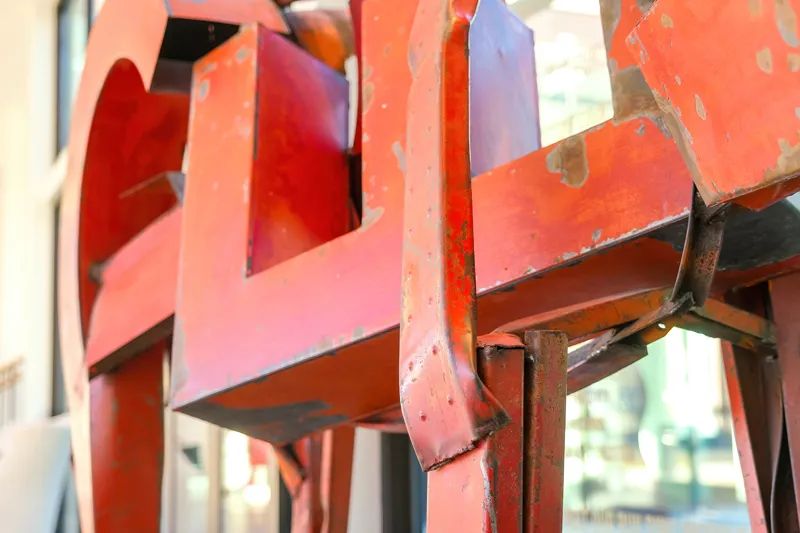
FUTURE DREAMS
Ruhle knows firsthand the value of early engagement with visual arts. As a young girl, she often accompanied her grandmother, an art museum docent, and tagged along when her teacher-mother incorporated museum field trips into her students' experiences. Ruhle attended every summer art camp she could. A college internship was the link between her love of art and a career in arts administration.
On a given day at the YAM, you might meet a bus load of eager fourth-graders, bag lunches in hand, doing their best to maintain an orderly line before their docent tour begins. Among them might be a young boy like Ted Waddell, who wants to be an artist when he grows up. Maybe there's a girl who loves museums and who is destined for a career in arts administration.
Ruhle regrets that she never met Miriam and Joe Sample, or Donna Forbes, who now lives in Seattle. She doesn’t hesitate to acknowledge their importance at YAM.
“The YAM's success is rooted in relationships,” Ruhle says. “I'm anxious to nurture existing relationships and foster new relationships for the future. We are standing on the shoulders of those who came before us. Our job is to carry their legacy forward.”











